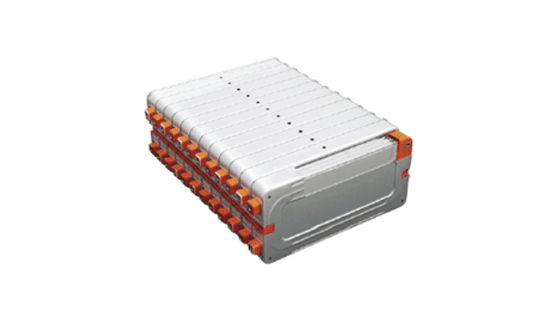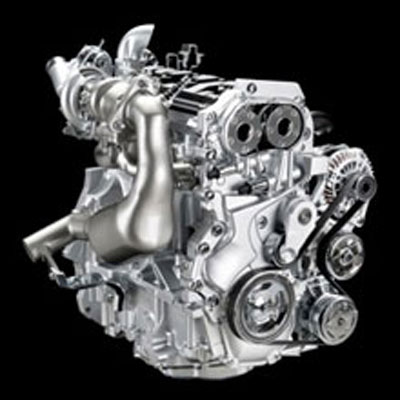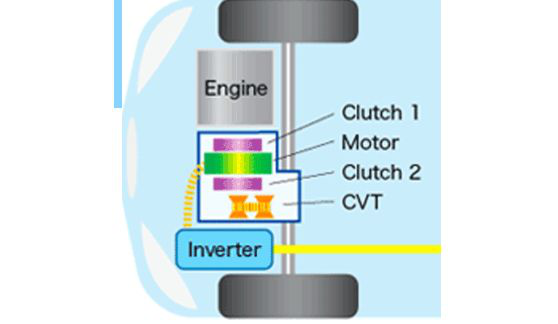Mild Hybrid
Mild Hybrid is a compact hybrid system that improves fuel efficiency by utilizing the energy during deceleration.
Fuel efficiency is improved by storing the energy from deceleration in the battery and then using that energy when the vehicle idling stops or is accelerating. Mild hybrid also smoothly restarts the engine after an idling stop.
Due to its compact unit size, Mild Hybrid can be installed in a wide range of vehicles.
System Operation
[When Decelerating]
The energy when decelerating is regenerated and stored in the battery.
[When Stopped]
When the vehicle is stopped by stepping on the brake, the idling stop function is activated, and the electricity stored in the battery is used for the electrical equipment in the vehicle, enabling a long-duration idling stop.
When the brake is released, the engine smoothly restarts.
[When Accelerating]
In addition to the engine, electricity stored in the battery also drives the motor to assist acceleration.
These functions improve fuel efficiency.
Some models are equipped with a lithium-ion battery to regenerate more energy when decelerating. These vehicles will begin idling stop during the deceleration and extend the idling stop time. Furthermore, the lithium-ion battery contributes to even greater fuel efficiency improvements by increasing the amount of assist during acceleration.
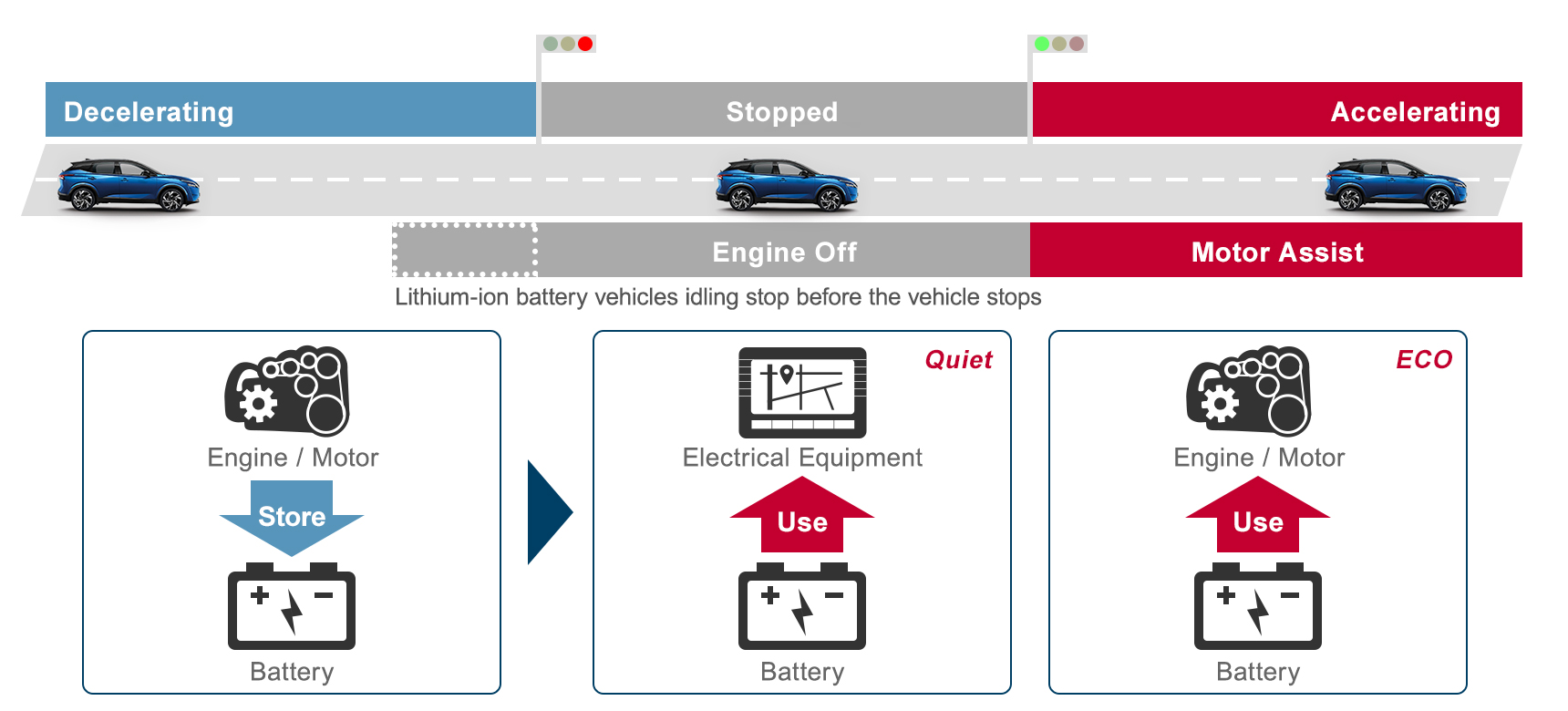
System Mechanism
The ECO Motor (Energy Control Motor) plays a central role in Mild Hybrid. The ECO Motor combines the starter function to start the engine, the generator function to generate electricity, and the drive assist function. In addition, it has two batteries installed to store electricity, a normal battery and a battery for Mild Hybrid.
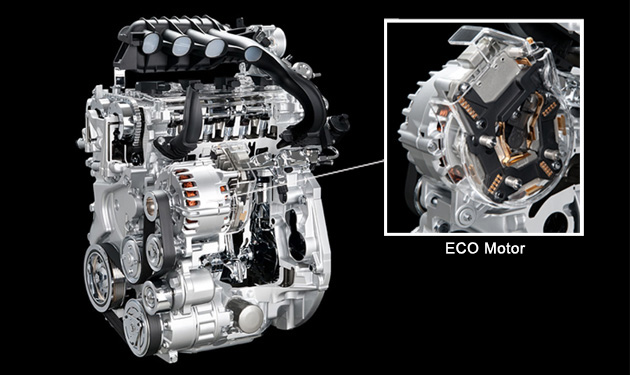
[When Decelerating]
When decelerating, the ECO Motor regenerates the energy from deceleration and charges the two batteries.
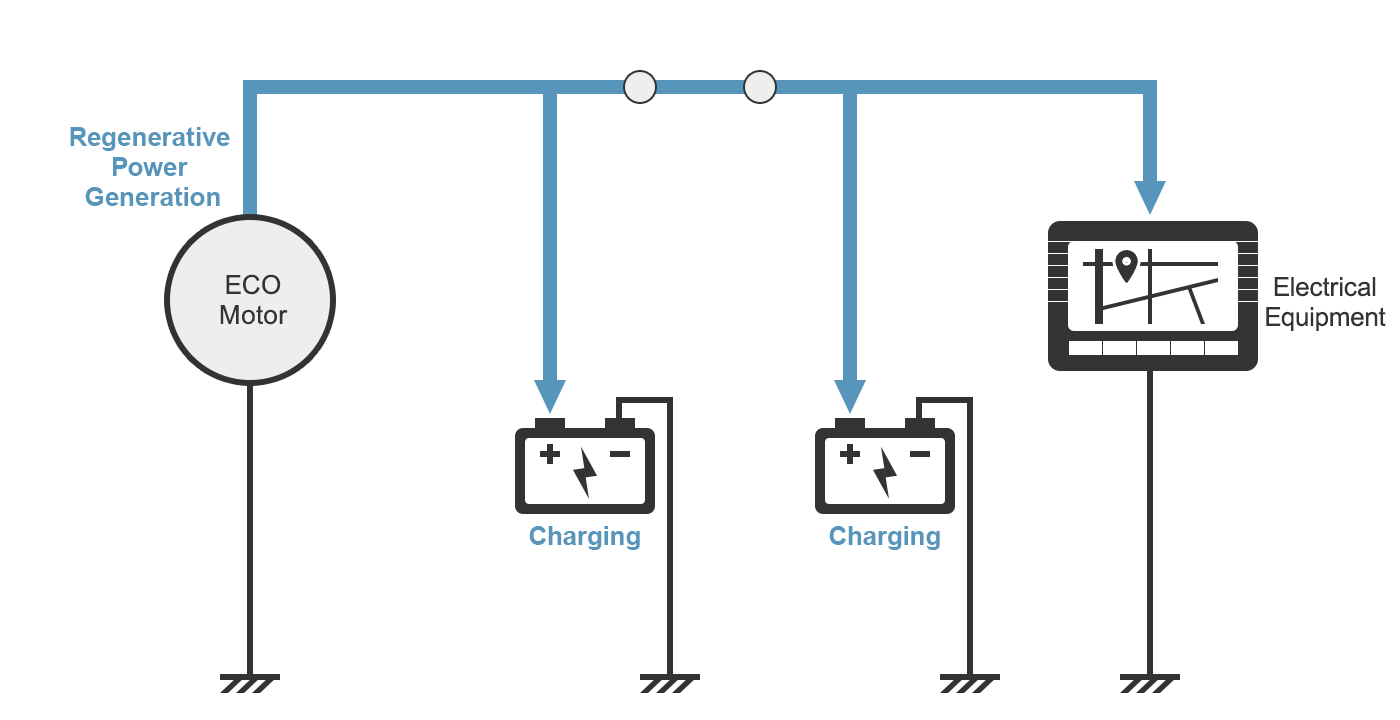
[When Restarting from an Idling Stop]
When the vehicle is stopped, the engine stops, the idling stop state is set, and the vehicle's electrical equipment is driven by the electricity stored in the batteries. When the engine is restarted, the two battery systems are separated, with one battery powering the ECO Motor to restart and the other battery powering the electrical equipment. As a result of this, stable power is always being supplied to the electrical equipment.
The ECO Motor is always connected to the crankshaft via a belt, thereby providing a quieter and smoother engine start than a conventional gear reduction starter. Additionally, two sensors detect the crank angle with a high degree of accuracy and fuel injection timing is precisely controlled so that the engine can be started quickly.
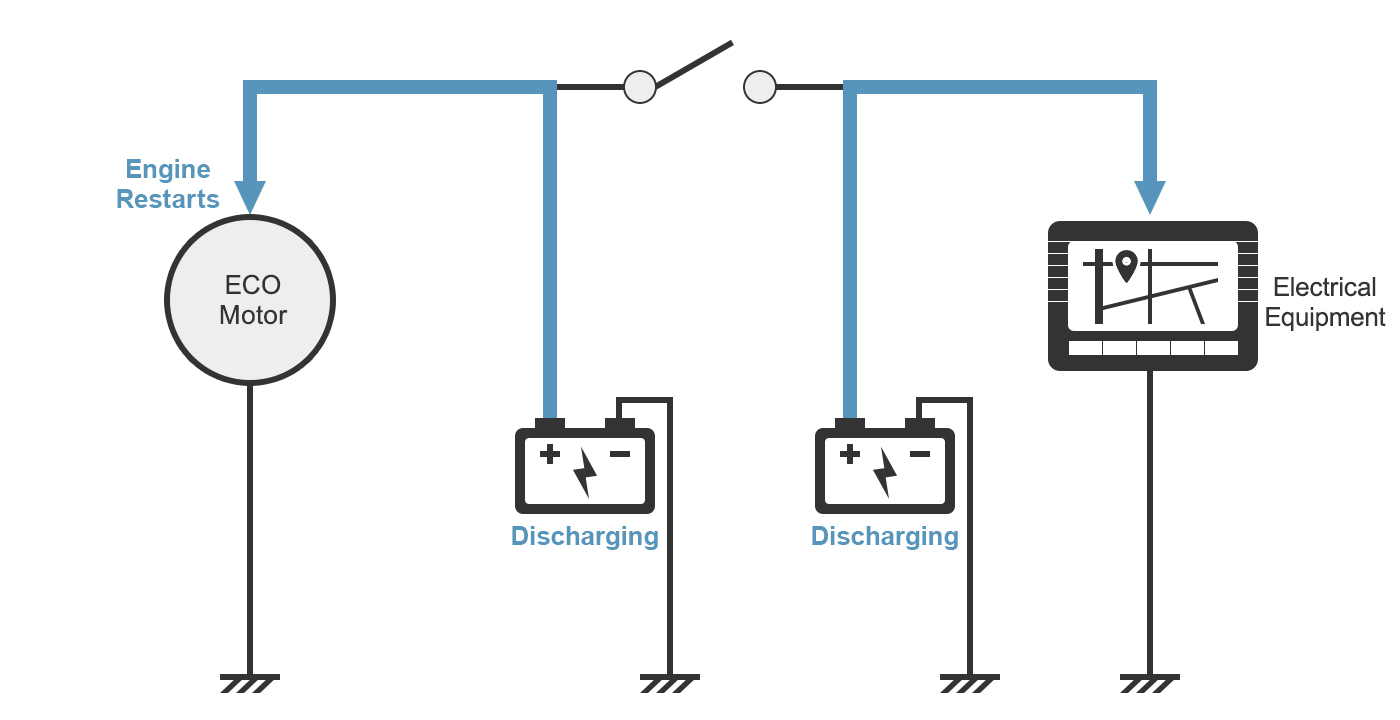
[When Accelerating]
The ECO Motor provides torque assist from the electricity in the batteries to reduce engine load.

Some models are equipped with a lithium-ion battery for Mild Hybrid. With the superior charge/discharge performance of lithium-ion batteries, these vehicles can extend the idling stop time by increasing the amount of energy regenerated when decelerating and can also increase the amount of torque assist during acceleration.



